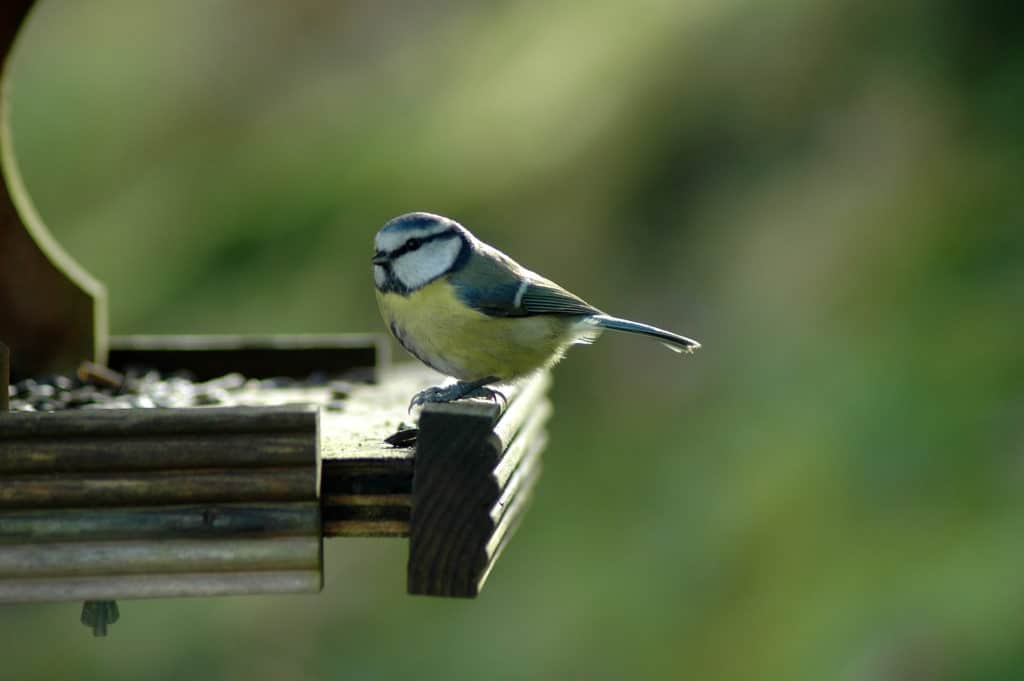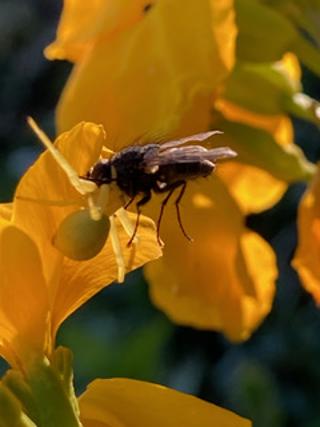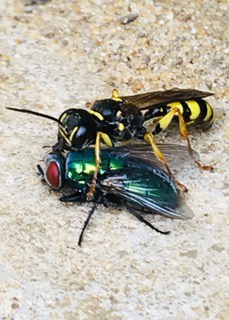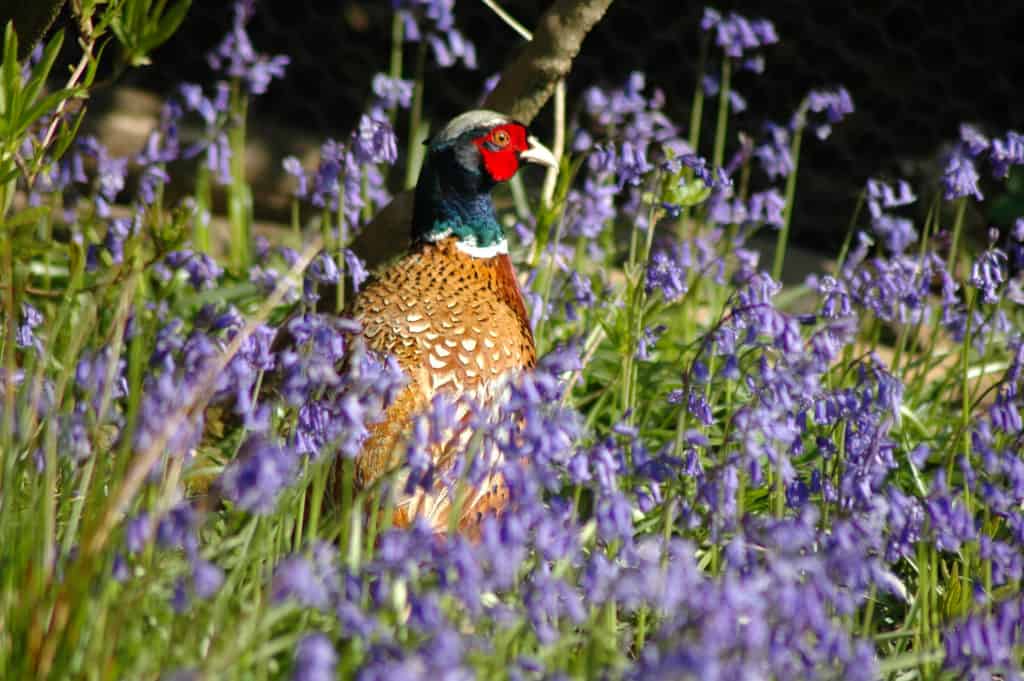You never know what might appear outside your window, so keep your smartphone camera at the ready. Birds, hedgehogs, insects, frogs and newts all love gardens. Taking photos is a good way to keep a record of the wildlife in your area to see how it changes over time. Some animals are rarer than they used to be while others move in to take their place. Keeping records of sightings helps us to understand what causes these changes.
The trick with a smartphone is to get close to the wildlife.
At the end of this article, see how you can use a pair of binoculars as a smartphone telephoto lens.
Where to take wildlife photos
Meadowbank Park with its lake and millstream is perfect for photographing herons, egrets, swans and ducks, while St Martin’s churchyard is Squirrel City.
Local woodlands and meadows attract all kinds of animals, including roe deer. A good time to see them is early in the morning, when few people are about to startle them.
Even our supermarket carparks are habitats for wild animals, including foxes, pied wagtails and cheeky magpies. This is a place where you can capture animal behaviour because a magpie breaking into a thrown-away food box can soon find himself mobbed by a flock of seagulls.
Getting animals to come to you.
Bird tables and hanging feeders are ideal for attracting wild birds. Fat balls are particularly good for bringing in a variety of birds – from blue tits to spotted woodpeckers.

Robins and blackbirds are seen picking up the bits that drop to the ground. Put birdfeeders close to shrubs or hedges, because small birds like to make a quick escape into a thick hedge when a predator, such as sparrowhawk, appears.

Mr Robin is known as the gardener’s friend because he follows you around in the garden. He is waiting for you to unearth worms and grubs. Before there were gardeners, robins used to follow the wild boar when they rooted around in the undergrowth. If you put meal worms out for robins in the same place, they will gradually come closer because they trust you to bring them food. The cheekiest robins will even come in through the door of a house to remind you: ‘Don’t forget my breakfast’!
Put the bird feeders where you can see them from a nearby window. Photographing through glass is okay, but you often get distortions and reflections which spoil your picture. A better way is to shoot your photos through an open window, perhaps from behind half-closed curtains. Keep still and wait. Just be patient and you will get your shot.
Another way to photograph wildlife is to find a comfortable place to sit, perhaps beside a pond, then wait for the wildlife to come to you. Just keep as still as you can with your camera at the ready.
Foxes come into towns and gardens because it is easier for them to make a living (from thrown-away scraps) than in the countryside where they are not so welcome.

This family of foxes made a home under a Dorking garden shed. The owner put cat food outside her kitchen at the same time each morning to feed the cubs (much to the horror of her cat!). She took this photo from her kitchen window.
Surprisingly, cars can make excellent hides for photography. Wild animals don’t particularly mind an approaching vehicle, but if you get out of the car, they will usually flee.
Take a closer look.
Small creatures, such as bees, spiders, flies and wasps of all kinds often live their lives completely unnoticed. Yet a ruthless drama takes place in our gardens every day. This totally alien world of monsters in miniature is beyond anything in the science-fiction movies and can be easily captured on a smartphone.
Animals behaving badly!

An ambush spider, disguised as a yellow petal, catches a fly

A kIller wasp catches its prey
Animals are challenging to photograph because they are always on the move, but don’t forget that plants are wildlife too – and they don’t run away!

See how to use a pair of binoculars as a smartphone telephoto lens to get you even closer to wildlife. Watch the BBC video:


